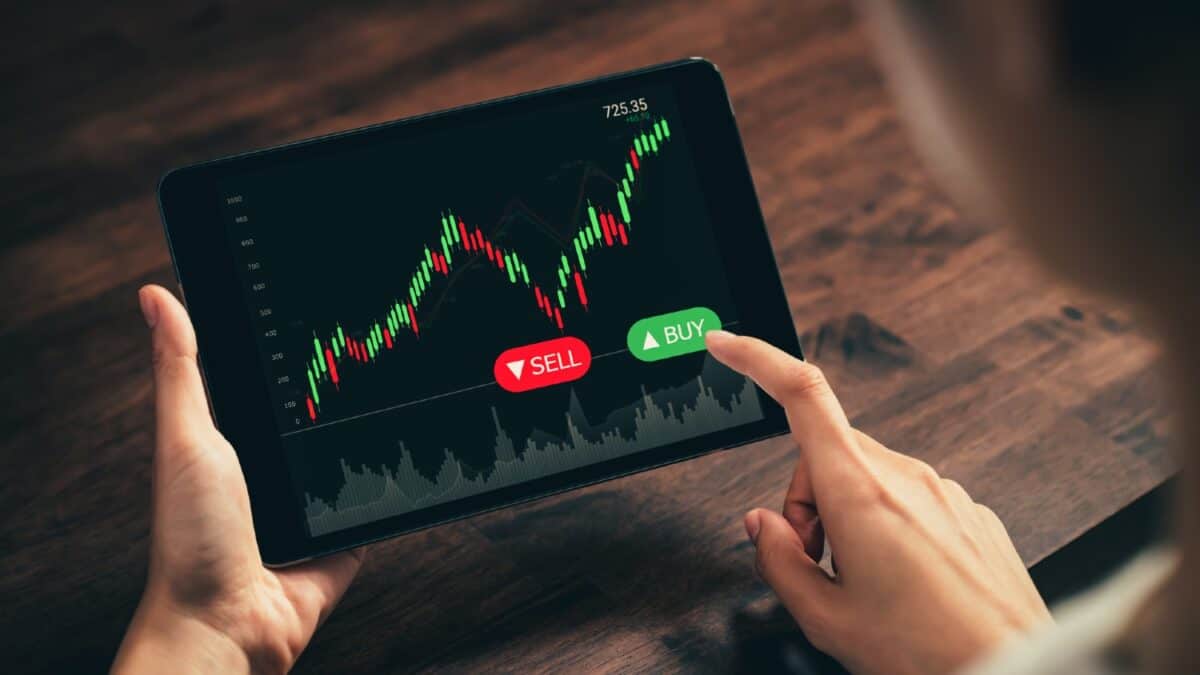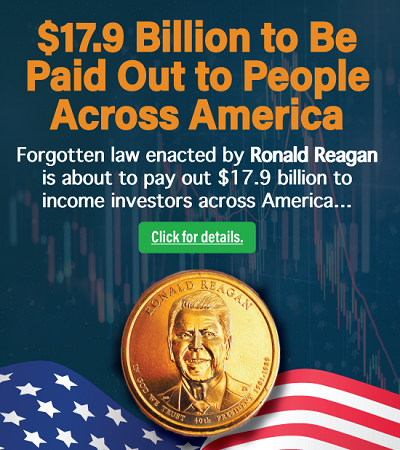As a value investor. I scour stock markets for undervalued companies for my family portfolio. In particular, I regard the FTSE 100 as my happy hunting ground.
Home or away?
Alas, value investing has ridden a rocky road since the global financial crisis of 2007-09. Over 15 years, growth stocks have delivered vastly superior returns to value shares. And today’s biggest game in town is owning mega-cap US tech stocks, notably the ‘Magnificent Seven’.
Despite favouring value over growth, I heed the advice of my hero, billionaire philanthropist Warren Buffett. In 2021, he warned investors to “Never bet against America” — and I live by this mantra.
Hence, while our individual shareholdings are mostly lowly rated UK shares, my family has huge exposure to US stocks. Indeed, I guess that maybe four-fifths of our liquid wealth is tied to corporate America.
The FTSE 100 looks cheap
Then again, I worry that US stocks look overpriced. Today, the S&P 500 index trades on 25.7 trailing earnings, delivering an earnings yield of 3.9%. Meanwhile, its dividend yield is just 1.2% a year, due to American corporations’ dislike of returning cash to shareholders.
Over here, the FTSE 100 is more modestly priced, trading on 14.7 times earnings and producing an earnings yield of 6.8%. Furthermore, its dividend yield of 3.6% a year is roughly three times the S&P 500’s.
However, history shows that US stocks have produced superior returns to UK shares. Over one year, the S&P 500 is up 23.1%, versus 12.7% for the Footsie. Over five years, the gap widens to 83.6% versus 17.6%.
So, which do I bet my future on, the mighty US or the weaker UK?
The best of both worlds?
One lesson I’ve learnt from my many investing mistakes is to spread my risk widely. Indeed, this diversification has been described as ‘the only free lunch in finance’. Hence, rather than choosing one market over another, I prefer to back both. Thus, future investment contributions are heading for widely diversified, global stock funds. By going global, I get major exposure to the US, but also to cheaper stocks elsewhere.
For example, one exchange-traded fund we own is Vanguard’s FTSE All-World UCITS ETF (LSE: VWRP). This passive ETF acts like a mutual fund, but trades like other listed shares — and can be bought in a few clicks.
This ETF invests in 3,655 large-company stocks worldwide in developed and emerging markets. It aims to track the performance of the FTSE All-World Index and has closely tracked this benchmark since inception.
Since its start in July 2019, VWRP has grown to have $34.5bn in assets. VWRP shares are up 19.3% over one year and 71.8% over five years. The yearly charge is 0.22%, which seems a fair price to own companies on almost every continent.
While two-thirds (67%) of this ETF is invested in North America, the remaining third is spread widely. This helps me to sleep easier, so we have invested a large sum in this fund.
Finally, if global stock markets undergo another crash, as happened in 2000-03, 2007-09, and spring 2020, I suspect this fund will not fare well. But many other assets would also suffer, so I’m happy to hold this ETF for the long run!
This post was originally published on Motley Fool







